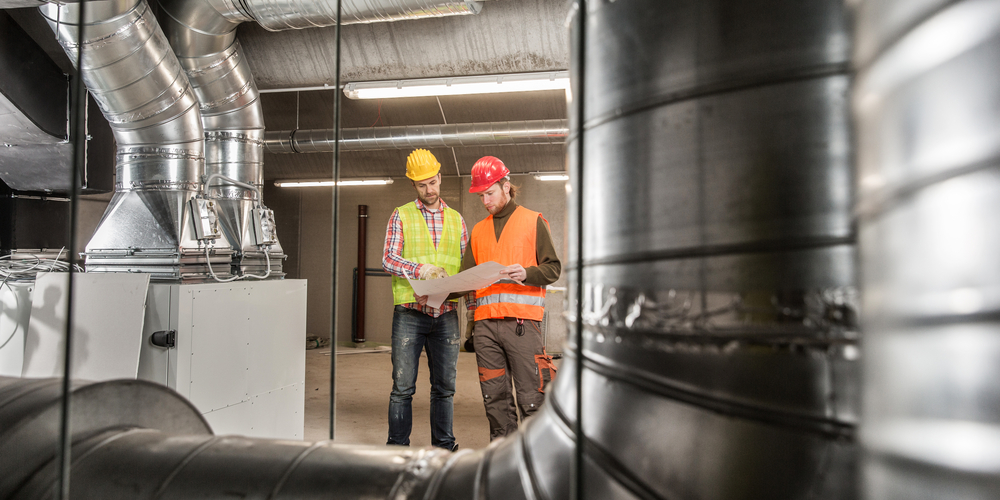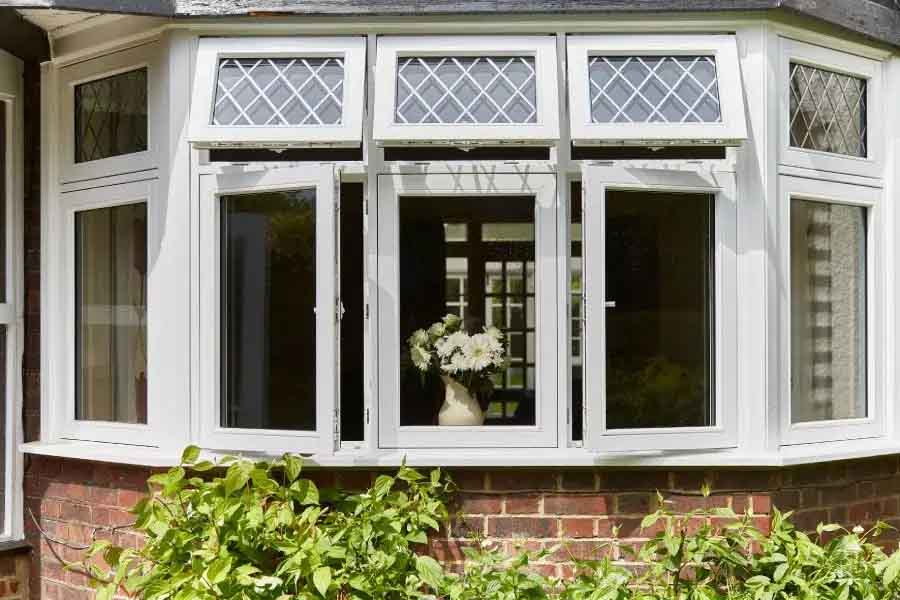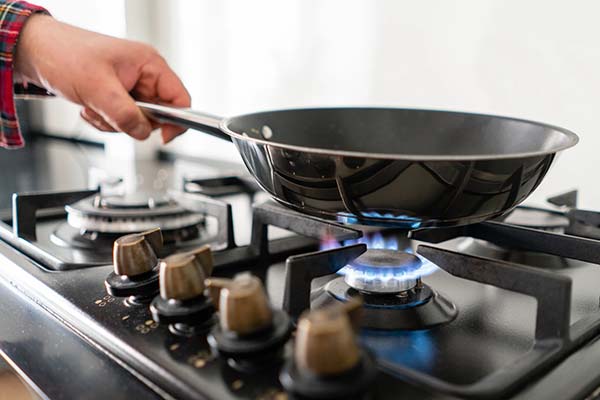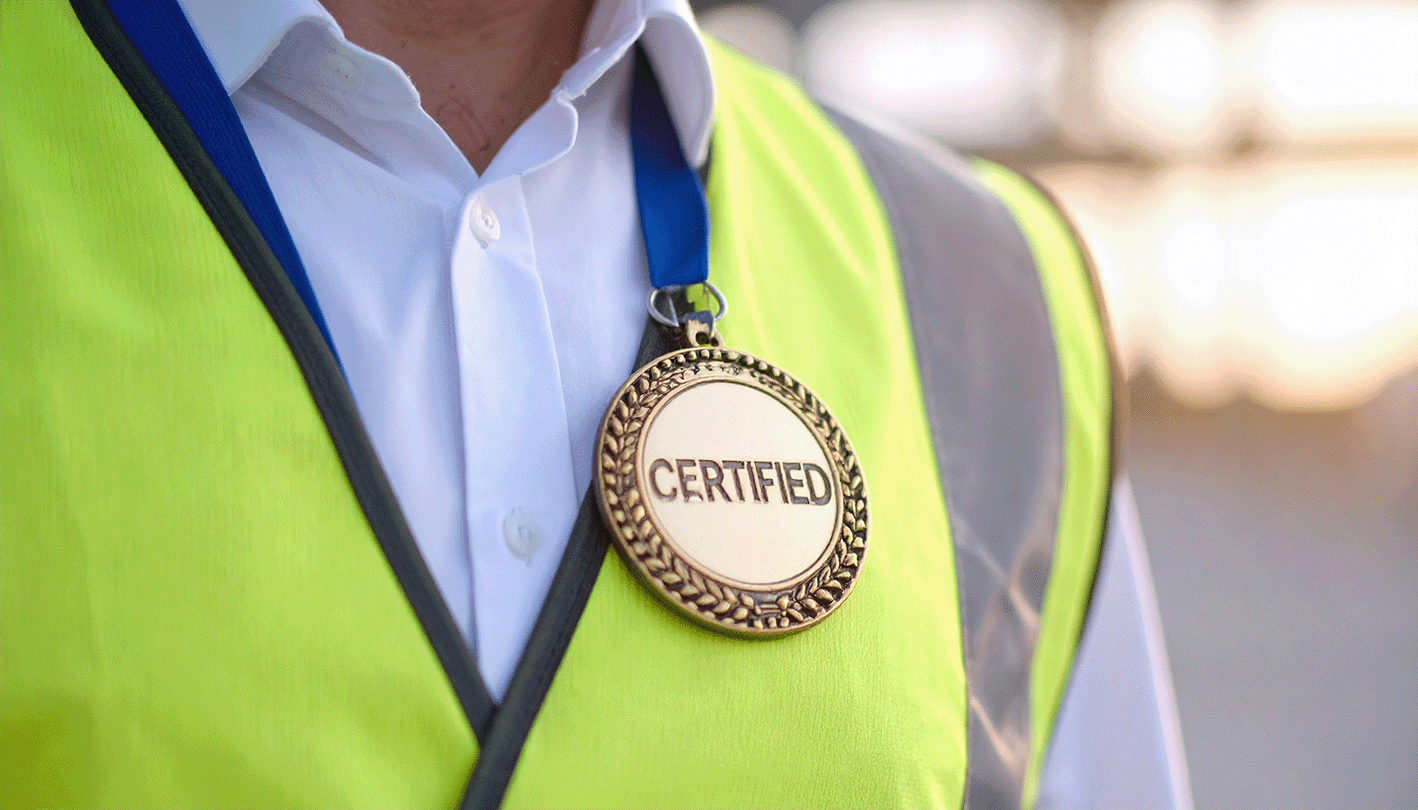The Link Between Soft Landings in Construction and Indoor Air Quality
Discover how soft landings in construction can have a significant impact on indoor air quality and create a healthier indoor environment.
What do “soft landings” mean in construction?
Soft landings in buildings are a project management approach aimed at ensuring that a newly constructed or renovated building operates effectively and efficiently from day one.
The concept of soft landings is often used in the construction industry to bridge the gap between the design and construction phase and the building's operational phase. It emphasises collaboration, communication and the smooth transition of a building from construction to occupation.
The ultimate goal of soft landings is to deliver buildings that not only meet design and sustainability objectives but also provide a comfortable and efficient environment for the occupants. Indoor air quality as well as indoor environment .
This approach helps reduce the likelihood of operational issues and costly retrofits after construction is complete. It promotes a more holistic view of the building project, taking into account both the construction process and the building's long-term functionality.
How soft landings impact indoor air quality
Soft landings can help to improve indoor air quality (IAQ) and indoor environmental quality (IEQ) by ensuring that the building's HVAC systems, including ventilation and air handling units, are properly designed and commissioned. This can help to ensure that the building is properly ventilated, air filters are properly installed and maintained, which can help to reduce the amount of airborne pollutants, so that the air quality is healthy for occupants.
Additionally, because soft landings ensure the building's construction materials and finishes are properly selected and installed, this also reduces the amount of VOCs and other indoor pollutants and allergens.
For even better IEQ, soft landings can help to ensure that the building's thermal comfort systems are properly designed and commissioned. For proper IEQ, the building must be comfortable for occupants, not exposing them to extreme temperatures. This not only helps their health and wellbeing, but also improves productivity. A 2006 study between the universities of Helsinki and Berkeley found that when temperatures rise or fall below the ideal range of 21-24C, productivity drops by 2% for every degree change.
Key elements of soft landings
- Early Stakeholder Involvement: Key stakeholders, such as building owners, occupants, and maintenance staff, are involved in the project from the early design stages. This ensures that their requirements, expectations, and concerns are considered throughout the project.
- Extended Aftercare: The soft landings process extends beyond project completion, with a focus on the initial operation and post-occupancy phase. This allows for addressing any issues that may arise during the building's early use.
- Performance Metrics: Clear performance metrics and benchmarks are established to measure the building's performance against the original design intent and user requirements.
- Risk Management: Identifying and mitigating risks that could affect the building's performance and operation is a key aspect of soft landings.
- Training and Familiarisation: Occupants and maintenance staff receive training and support to ensure they are familiar with the building's systems and can operate them effectively.
- Feedback and Continuous Improvement: Post-occupancy evaluations and feedback loops are established to assess the building's performance and identify opportunities for improvement.
To stay up to date with IAQ and IEQ insights, sign up to our mailing list below.






